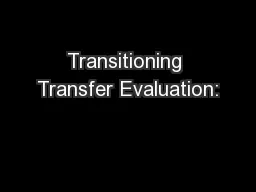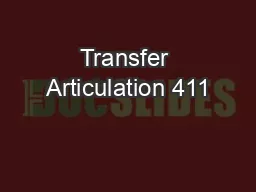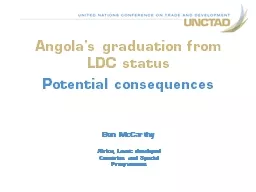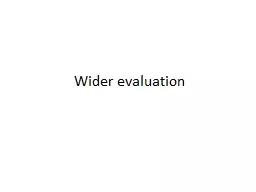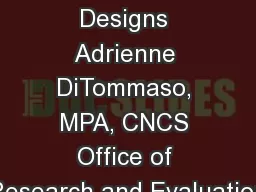PPT-Transitioning Transfer Evaluation:
Author : alida-meadow | Published Date : 2017-06-08
Paperless Automated Powerful Session 2A Ted Cain Reporting amp Data Integrity Analyst TedCainuncoedu RMACRAO 2014 Profile of UNC History of Transfer Evaluation Process
Presentation Embed Code
Download Presentation
Download Presentation The PPT/PDF document "Transitioning Transfer Evaluation:" is the property of its rightful owner. Permission is granted to download and print the materials on this website for personal, non-commercial use only, and to display it on your personal computer provided you do not modify the materials and that you retain all copyright notices contained in the materials. By downloading content from our website, you accept the terms of this agreement.
Transitioning Transfer Evaluation:: Transcript
Download Rules Of Document
"Transitioning Transfer Evaluation:"The content belongs to its owner. You may download and print it for personal use, without modification, and keep all copyright notices. By downloading, you agree to these terms.
Related Documents

